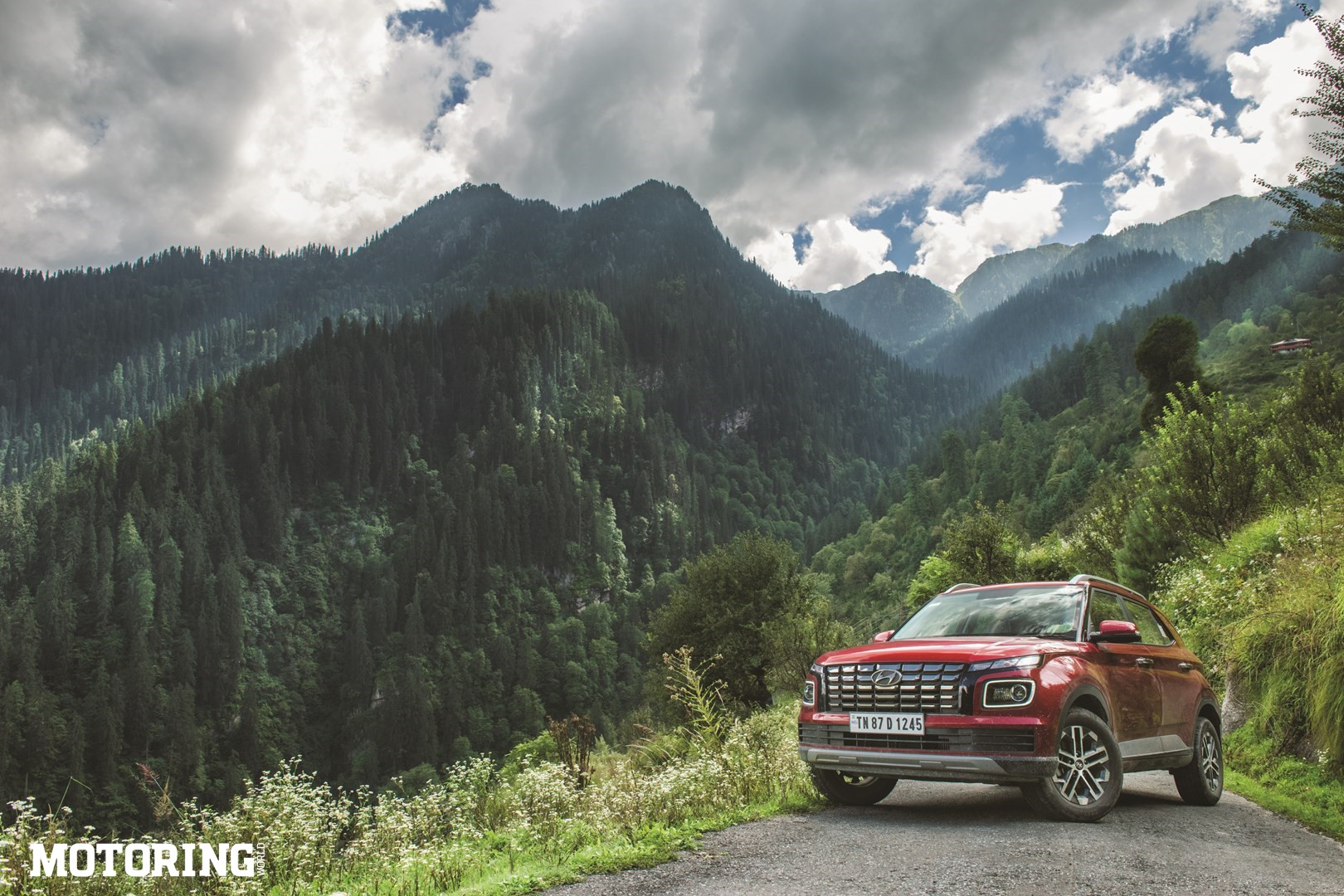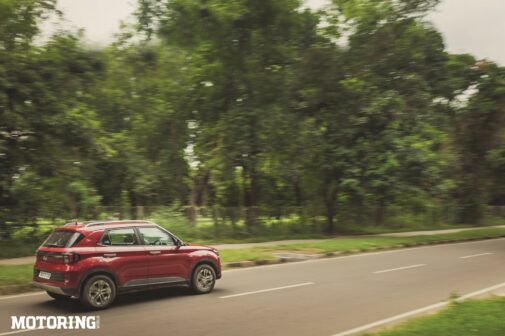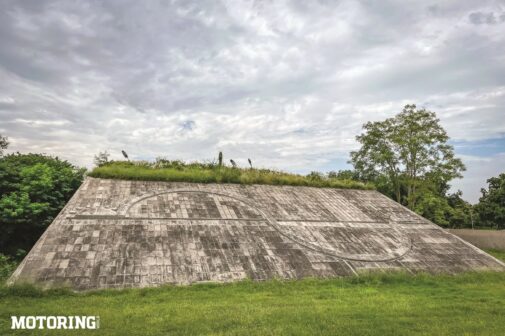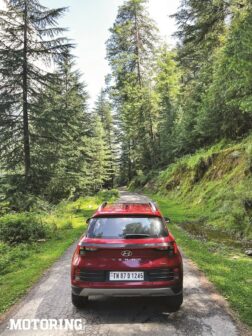Not that long ago — as we were still grappling with some form of Coronavirus — if you’d told us that we’d be able to step out and explore the Himalayas we wouldn’t have believed you. But now, in 2022, things seem to have improved by leaps and bounds. While it’s still the norm for us to mask up in public places and liberally douse our hands with sanitiser, driving to our favourite destinations has become a reality, once again. What makes these trips even better is the availability of great cars like the 2022 Hyundai Venue. The sub-four-metre SUV segment has shown no signs of slowing down, and despite the highly populated space, the Venue has consistently claimed a solid chunk of monthly sales. As we had decided to go northwards, spending time in the unique city of Chandigarh before heading to the hills, we thought the Venue would be a good fit. There’s no doubt that almost any new car would be able to make this journey, but for it to be hassle-free and memorable, it’d require a bit more than just any other car. Let’s see how the Venue fared in that regard.

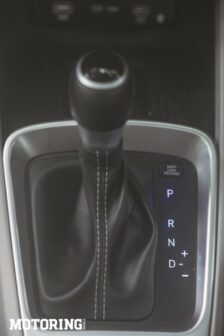
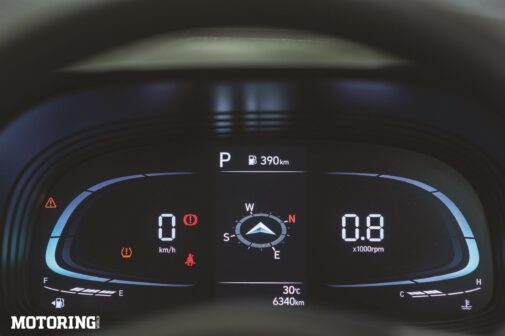
panel is nice
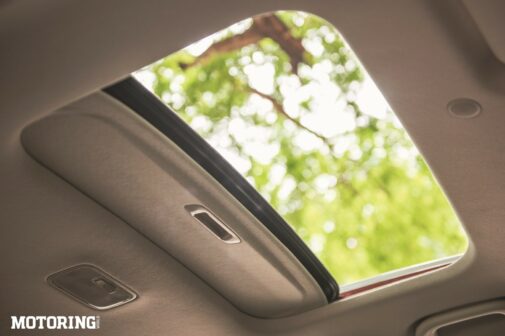
Chandigarh, a union territory as well as the capital city of Punjab and Haryana, is different from other cities. Situated right at the foothills of the Himalayas, the city, designed by renowned Swiss-French architect Le Corbusier and his team, is a masterclass in planning. With the help of a grid layout, the city is made to function like a living organism: the Capitol Complex represents the head, the city centre becomes the city’s heart, its wonderful roads are the circulatory system, and the industrial and educational areas are its limbs. With planning and structuring, one would expect it to be crammed with concrete, but that’s not the case, and furthering its similarity to a living being are the city’s open spaces — its lungs.
UNESCO included the breathtaking Capitol Complex in its World Heritage List as a part of 17 sites designed by Le Corbusier globally. To visit it, you need to get in touch with the Tourist Centre in Sector 1, Chandigarh. You can then enrol in one of the guided tours operating (at the time of publishing) thrice a day. The hourlong tour is great, not only for architecture connoisseurs (or students) but also for those who don’t mind staying away from the touristy bits. There are three buildings and four monuments within the Capitol Complex, and apart from being visually pleasing, each has a distinct meaning.
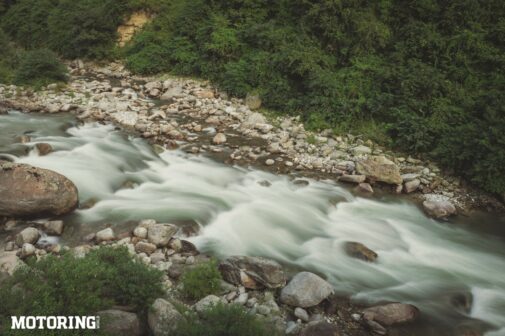
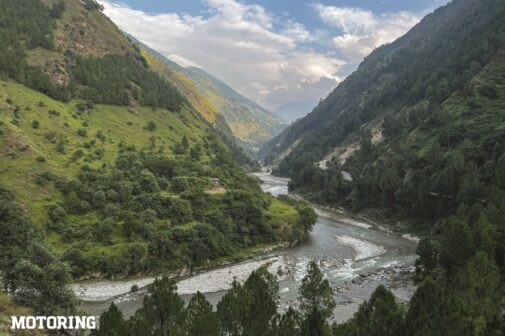
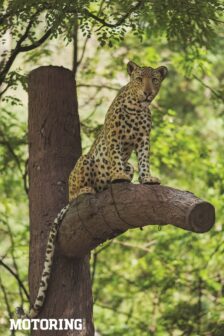
The tour starts with the High Court. Keep in mind that local regulations and court timings might affect permission to enter the building. We got to see it from the outside, but there was enough meaning in how it was designed. It’s easy to notice the three bright-coloured pillars on the facade, a double-roof structure, and the large space between floors. Our guide informed us that the open space and the adjoining water bodies helped regulate the temperature of the building. The upper roof symbolises the court’s duty: protection and justice.
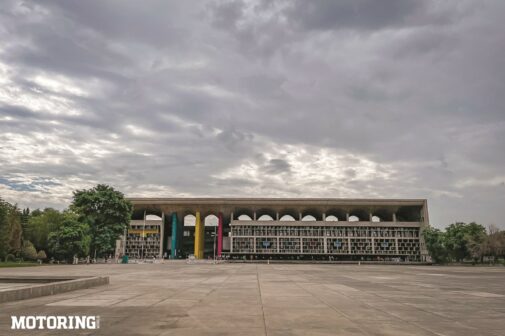
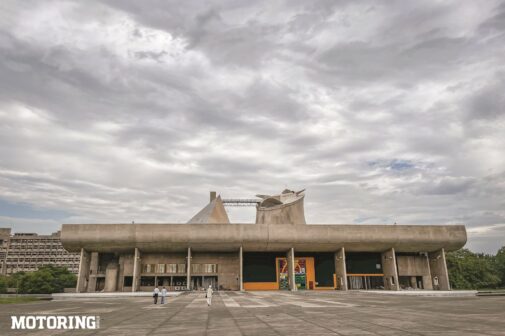
A few metres ahead is Chandigarh’s famous Open Hand monument (you see miniatures, logos, and motifs spread across the city). This is a design that looks like a dove and also signifies that one loves peace, ‘because you can’t hold a weapon with an open hand’, adds our guide. That’s not verified, but according to the official text, the monument propagates the city’s open hand philosophy: open to give, open to receive. It’s a massive structure, 85 feet tall or so, with a little sitting area next to it. Like elsewhere in the complex, the utmost care has been taken of things other than design. For instance, if you were to give a speech from the dais, you’d be able to do so without using a microphone — that’s how good the acoustics are.

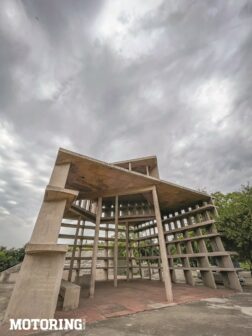
Then there’s the Geometric hill, and right opposite that is the Martyrs’ memorial. On a clear day, as was the case the day we went to see it, the monument has beautiful hills in the background. For me, the most fascinating of these is the Tower of Shades. It’s made in a way that no matter where the sun is if you’re within the structure, there wouldn’t be any direct sunlight. The concrete structure has a similar brutalist architectural style as the other buildings in the Capitol Complex, but it stands out — and how. It can be observed that similar sun-breakers are on the facade of other buildings, too.
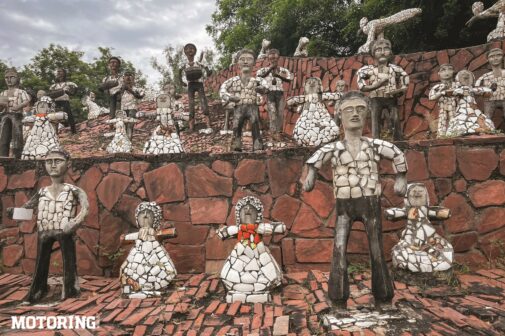
Next up is the Chandigarh Legislative Assembly. It’s flanked by small water bodies on either side, and an upturned curve is placed on the facade. On the top, there are two structures for the bicameral assembly: one for the Punjab government and another for the Haryana government. When there’s no ongoing session, you can walk in along with the guide and see (but sadly not photograph) how it’s designed. The adjoining Secretariat building wasn’t open for visits that day; not just its facade, the view from its top would’ve been something!
Once done touring the Capitol Complex, one can make a quick drive to the nearby Rock Garden by Nek Chand. Initially a tiny bit perplexing (because there is a lot to take in), it turns into what’s easily one of the most impressive collections of figurines made out of stone, ceramics and waste you’ll ever see. Each of these is different from the rest, and while it does take a while to navigate through tiny doorways and cavelike structures, be prepared to be amazed by it. A drive further down the road takes you to the serene Sukhna Lake, where people come to spend quality time.
For those who appreciate driving, the well-planned city offers a trouble-free experience. The majority of people strictly follow speed limits, and getting from one sector to another is a joy — and before you know it, you’ll find yourself closer to the Himalayas. Our next destination on this trip was the Great Himalayan National Park. The 90,000-hectare park is home to more than 800 species of plants, 31 species of mammals and 209 species of birds, among others. We were told that the nearby Tirthan Valley was not to be missed, and we didn’t waste any time steering the Venue in that direction.
The road from Mandi onwards — generally very pretty with a river on one side and a tall mountain on the other — is currently dealing with landslides and heavy (and I mean it) construction. This means you will likely find some traffic jams on the way. Not that we had to worry, because the Venue Turbo DCT was equipped to handle this, and more. As soon as the roads cleared, a quick dab on the throttle would send the gearbox kicking down a few gears, and we’d have a smooth stream of power — you’ll run out of road, but not of the car’s potential. Use the paddle shifters to regain manual control and the ‘box surprises with quick upshifts. We wonder what the Venue N Line would feel like here!
After a few hours of negotiating bad roads, slow-moving traffic and enjoying the scenery, we reached the entry point for Tirthan Valley. Heading towards the village of Gushaini, it’s a breath of fresh air, away from the busy road that we’d just traversed. This, on the other hand, seemed exactly like the idea of the Himalayas everyone loves to romanticise. Fresh, unimaginably beautiful, and while not bereft of tourists or locals, still quite pristine. The roads were narrow, so we had to wait and move aside for over-enthusiastic locals. Don’t be surprised to see them return the favour, especially if they understand that you need more space to move around. The Venue, while pretty good on space inside, is surprisingly easy to manoeuvre. Getting off the road isn’t a big deal either, as it willingly clambers over small rocks and muck. The presence of drive modes does make life easy, too: Sport makes it eager, Normal is good for just about everything and Eco does trade in some enthusiasm for better fuel economy.
The Great Himalayan National Park requires you to take a permit from the local forest office to enter. It’s vast, and in some areas, you need a guide as well. There’s a lot of trekking involved, so be prepared for that. But for the serenity, the adventure of being close to nature, and the fact that you’re well within a largely untouched part of the Himalayas, it’s all going to be worth it. We also wanted to take a quick drive up to Sharchi, because if memory serves (from a road trip ages ago), the view from the top is unparalleled. The drive up the hill does tend to become challenging both in terms of the gradient as well as the surface, but the Venue climbed it with absolute ease. You don’t need outright power here, but rather usable torque, and we can confidently say that the 1-litre turbocharged petrol delivers.
It’s hidden gems like these places that make such drives fun. Never did we think that we’d take the Venue out from its usual urban playground into the Himalayas and be impressed by it — we suppose this particular gem was hiding in plain sight.





